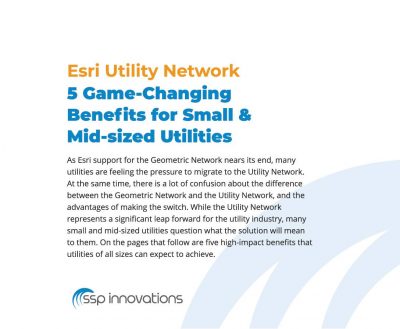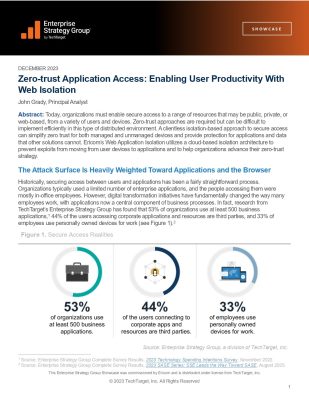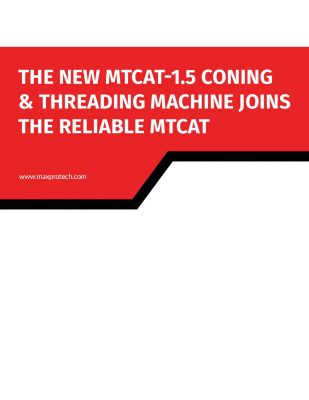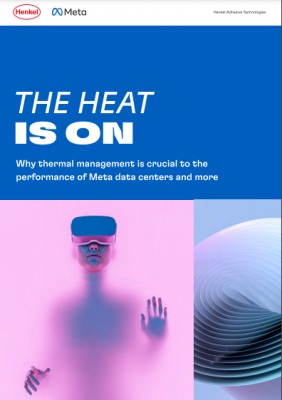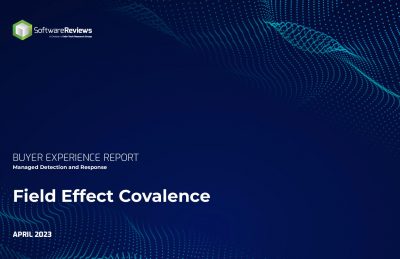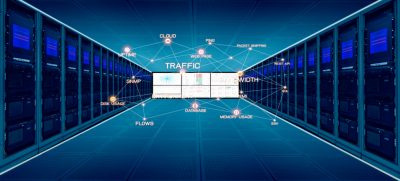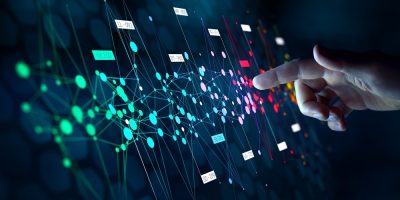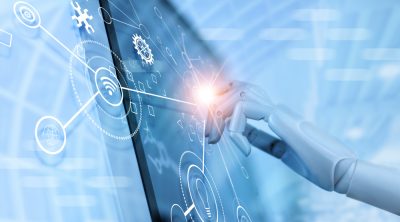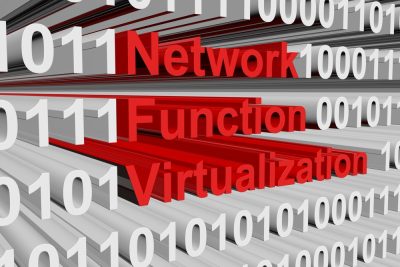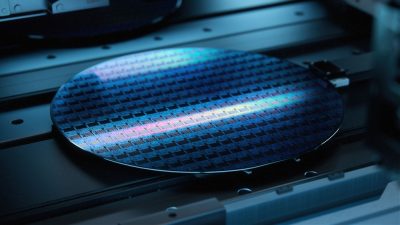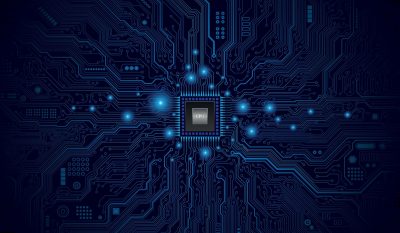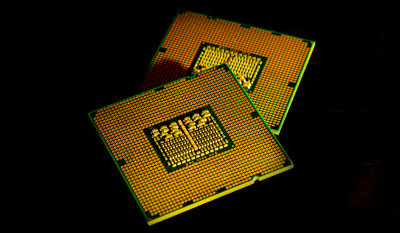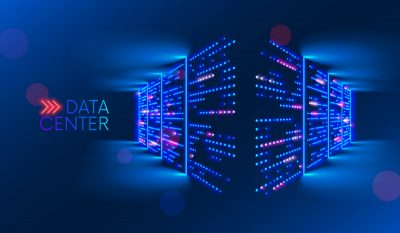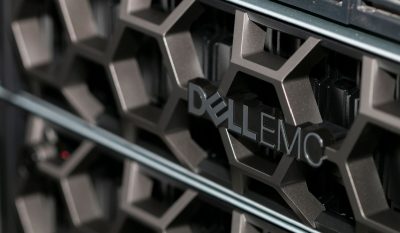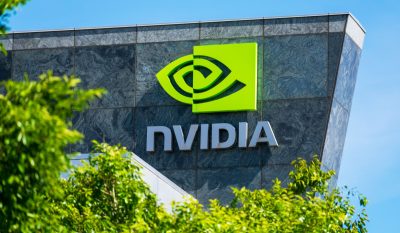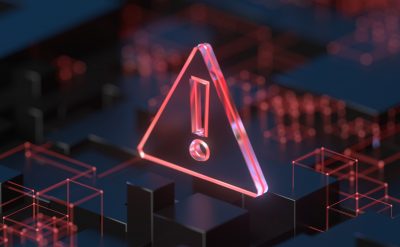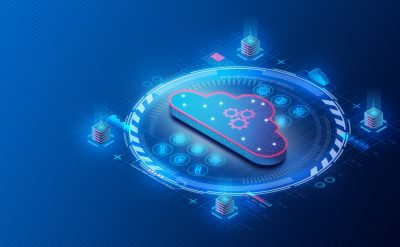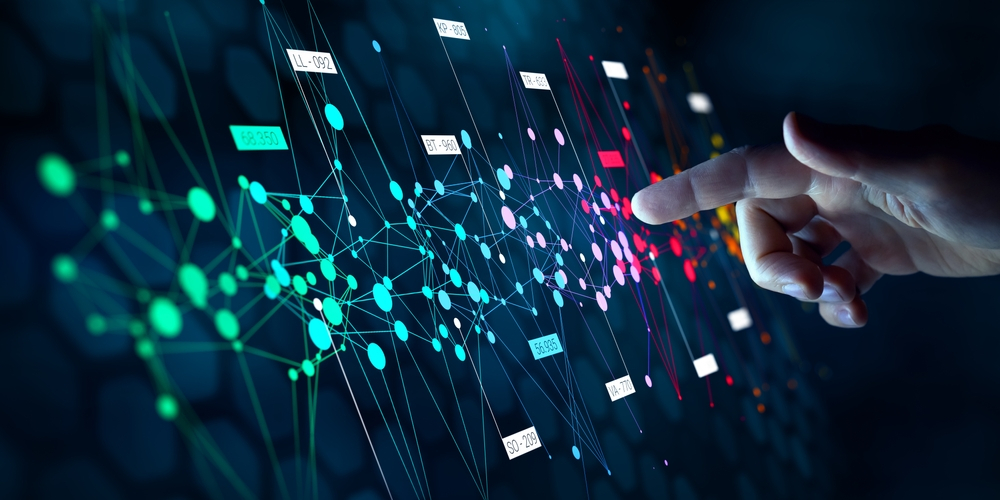Highlights:
- The exploration of networks with interconnected nodes for information processing gave rise to reservoir computing (RC) in the early 2000s.
- RC within AI presents several benefits, with a key advantage being its ability to improve the efficiency of neural networks.
Imagine an AI that solves complex problems without needing intricate rules or massive datasets. One such ground-breaking innovative concept is reservoir computing, a revolutionary approach taking the AI field by storm. It’s a paradigm shift that helps new approach toward complex computational tasks.
A reservoir computer is a neural network type that employs a dynamic system, like a liquid or gas, as its working memory. The system’s dynamics serve to store and process information, making it particularly suitable for tasks such as pattern recognition and time-series prediction. Let’s start with the definition first.
What is Reservoir Computing (RC)?
Reservoir computing, a form of artificial intelligence, relies on a concept where a collection of basic, linked nodes is employed for intricate calculations. These nodes are randomly connected, and the connections among them are continuously in flux, adding a layer of complexity that thwarts attempts to reverse engineer the system.
Introduced in the early 1990s, reservoir computing finds applications in speech recognition, image classification, and time-series prediction.
It stands out for its simplicity of implementation, as nodes can be basic computational units like neurons or electronic gates. Training methods encompass evolutionary algorithms and reinforcement learning.
Discovering this technology is captivating, but the evolution of reservoir computing holds more allure than its static definition.
Evolution of Reservoir Computing
Reservoir computing started around the early 2000s when scientists were exploring how networks of interconnected nodes could process information. The term was coined during the study of recurrent neural networks and dynamic systems, thanks to groundbreaking work by Maass and others. They introduced the idea of a fixed reservoir, a group of nodes connected randomly, for information processing.
Since then, reservoir computing has grown a lot. Scientists and practitioners have improved its theoretical basis, expanding its use beyond regular neural networks. Now, it’s not just about networks – it’s helping us analyze time series, process signals, and understand how our brains work more smartly.
The evolution underscores the various factors that played a role in shaping the technology, providing valuable insights into its functioning.
How Does Reservoir Computing Work?
Reservoir computing, a form of artificial intelligence, relies on recurrent neural networks that mimic the information storage and processing mechanisms of the human brain.
A key advantage of reservoir computing lies in its superior efficiency compared to other AI models, like artificial neural networks. It excels with minimal training data, demonstrating effective learning and generalization.
Furthermore, reservoir computing exhibits robustness to changes in data. Even when faced with alterations, the algorithm can adapt, learn, and generalize. Shortly, it emerges as a potent form of artificial intelligence with vast potential applications and varied advantages.
Despite advantages, reservoir computing poses challenges: it can be intricate to comprehend and sensitive to input data changes. Nevertheless, it remains a potent tool for tackling complex problems.
Advantages and Limitations of Reservoir Computing
Reservoir computing might not be the next robot uprising, but it could be the key to unlocking hidden potential and gaining a competitive edge in your industry.
Advantages of reservoir computing
Reservoir computing in AI offers numerous advantages. A primary merit is its capacity to enhance the efficiency of neural networks. In addition to this, it boasts the following benefits:
- Fast and accurate: It tackles complex problems that might require lengthy manual analysis, all while handling diverse data sets.
- Adaptable and flexible: New information doesn’t faze it, thanks to its constantly evolving connections. It thrives on real-time data streams.
- Hacker-proof design: The random connections make it nearly impossible to reverse engineer and keep your sensitive data
Disadvantages of reservoir computing
Of course, no AI is perfect. Reservoir computing can be:
- A black box: While it gives answers, understanding its reasoning can be tricky.
- Sensitive to change: Introducing new data might require retraining and adding a layer of maintenance.
But despite these limitations, reservoir computing is unlocking game-changing possibilities for businesses. From optimizing logistics to uncovering hidden customer patterns, its potential is vast. Think of it as a powerful, adaptive brain working tirelessly for your success.
Conclusion
As artificial intelligence (AI) advances rapidly, so does the field of reservoir computing (RC), a specialized AI type tailored for handling time-series data in applications like predictive maintenance, weather forecasting, and stock market prediction.
The future of RC involves ongoing research to enhance its algorithms for efficiency and effectiveness in handling increasingly complex data. Moreover, exploration is underway to expand the application of RC beyond time-series data, potentially including areas like image recognition and classification.
With the continuous advancement of AI and reservoir computing, ongoing research and development hold the key to a bright future for RC.
Enhance your understanding by delving into various networking-related whitepapers accessible through our resource center.



